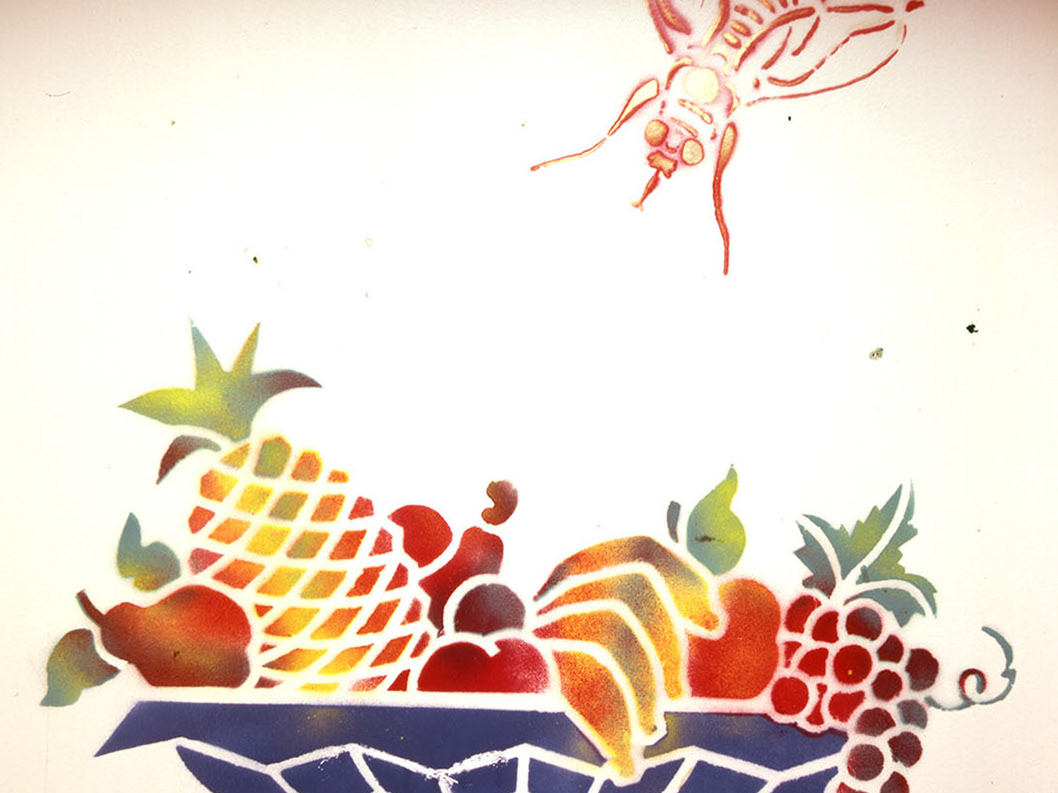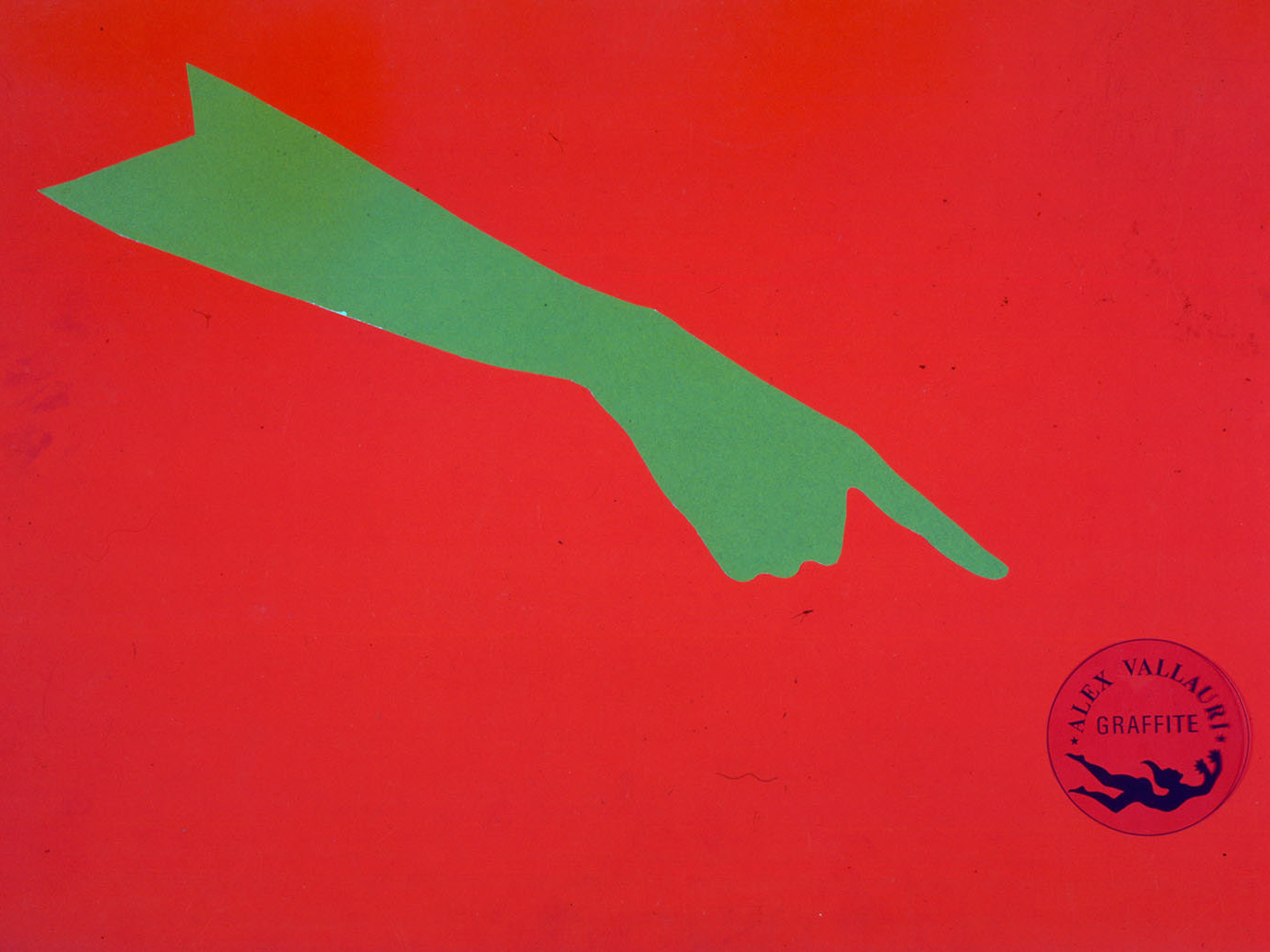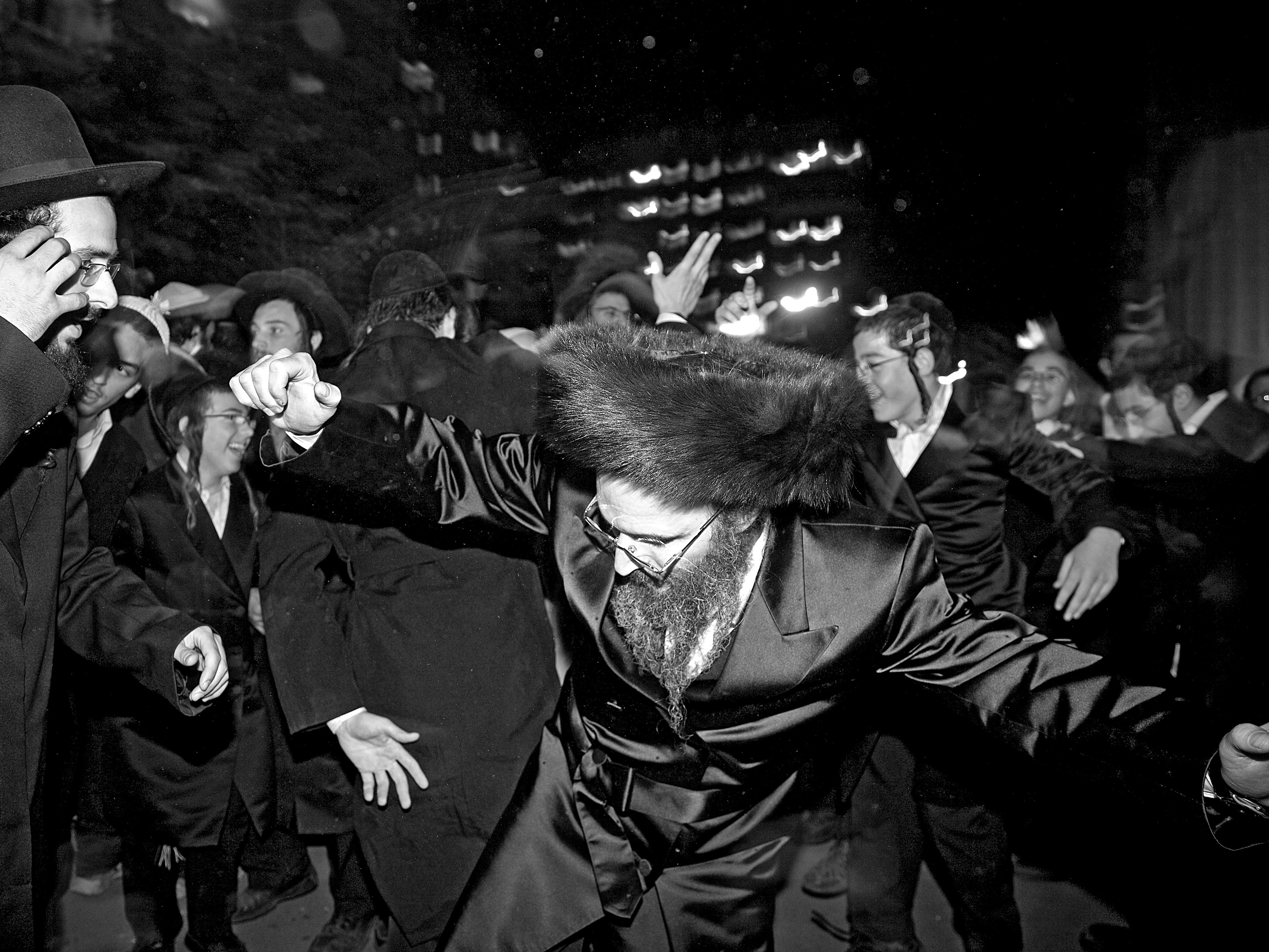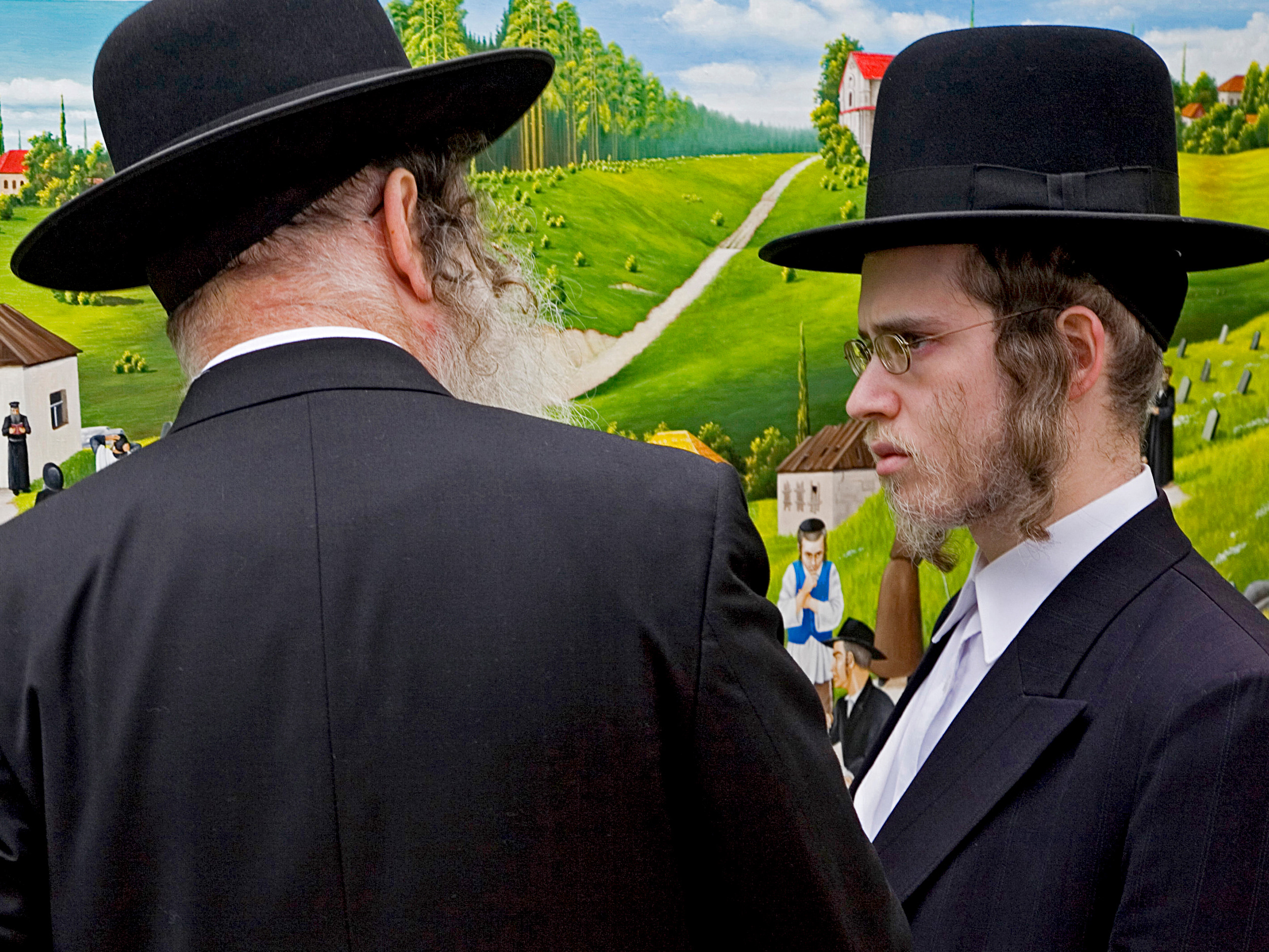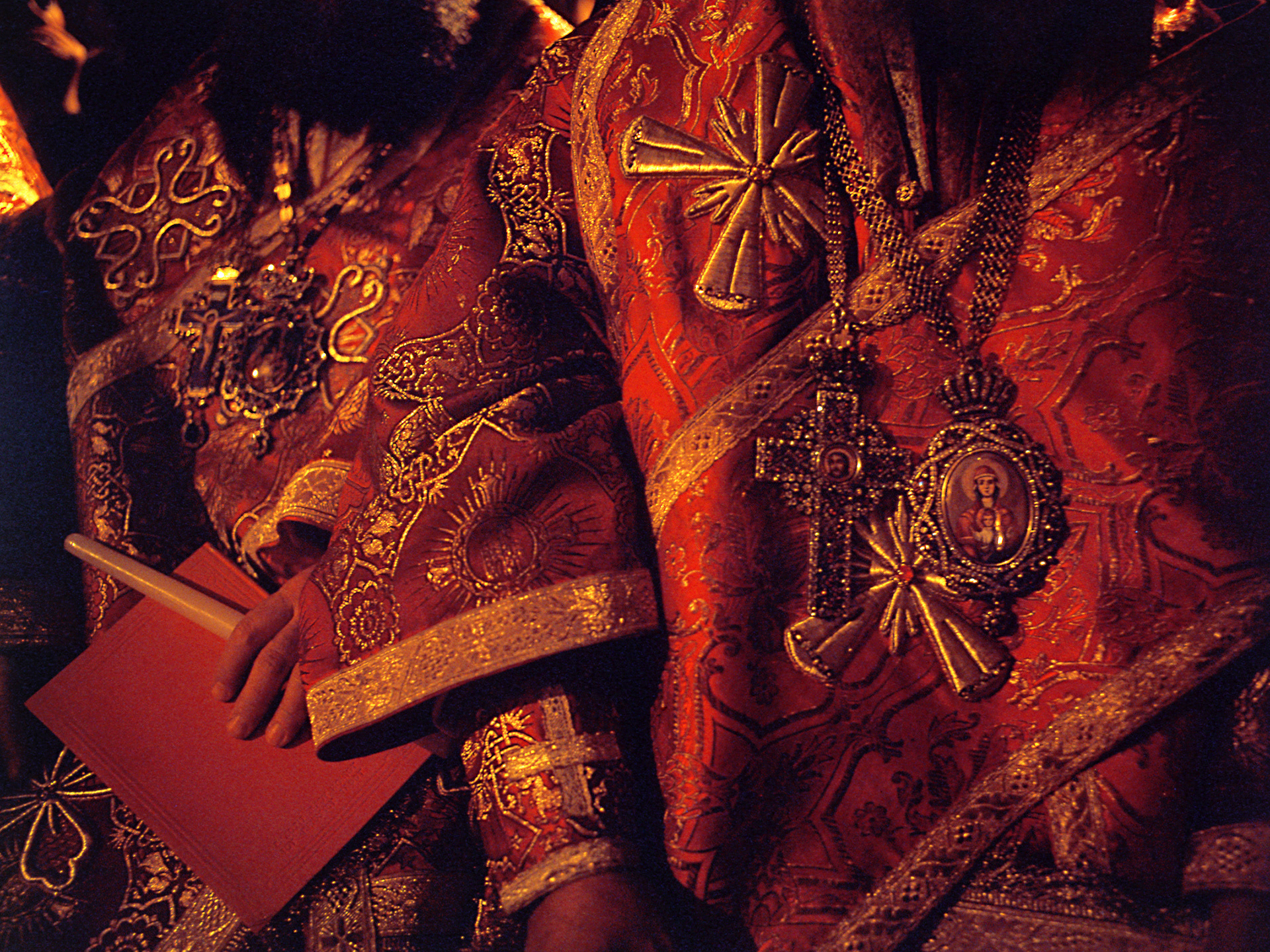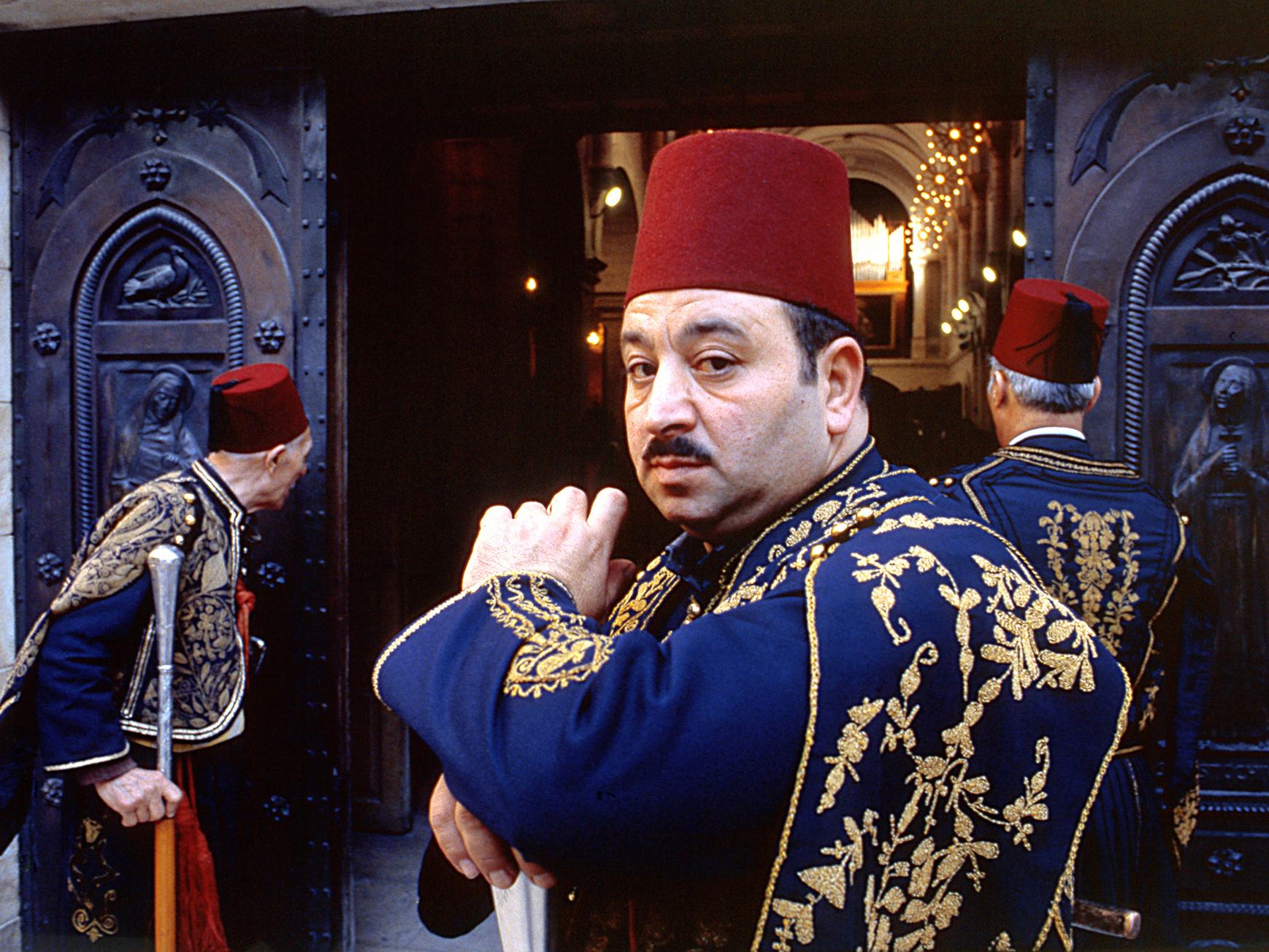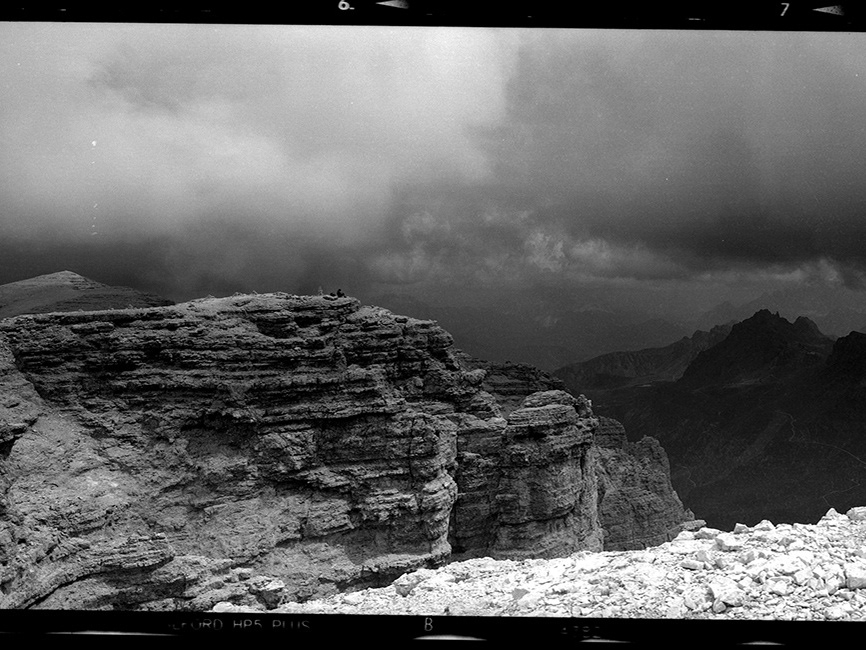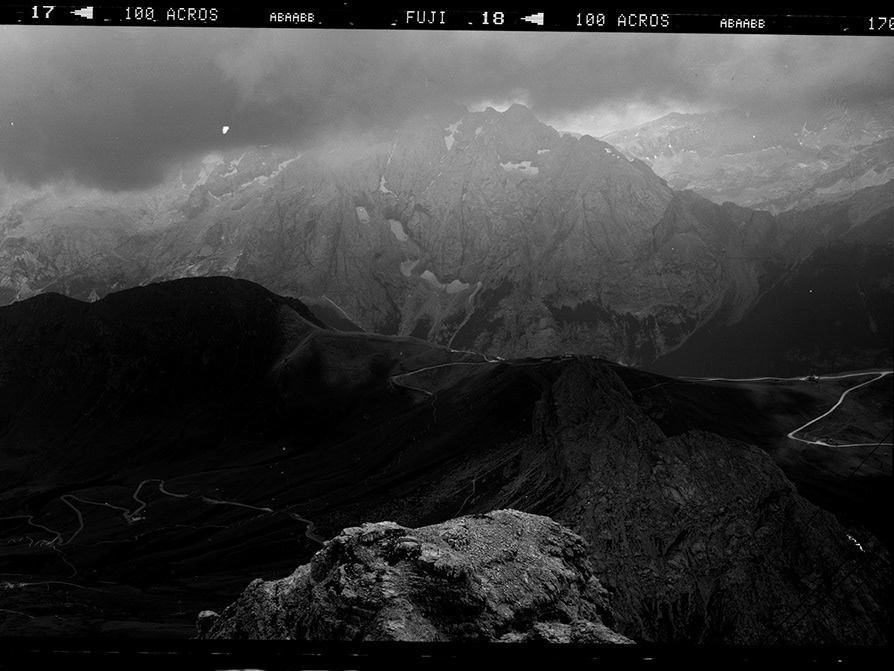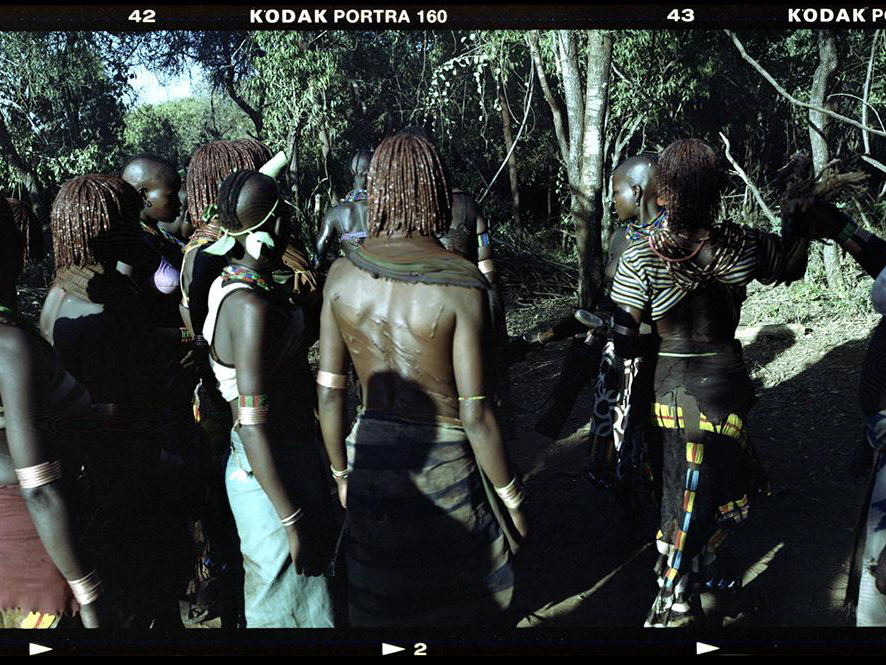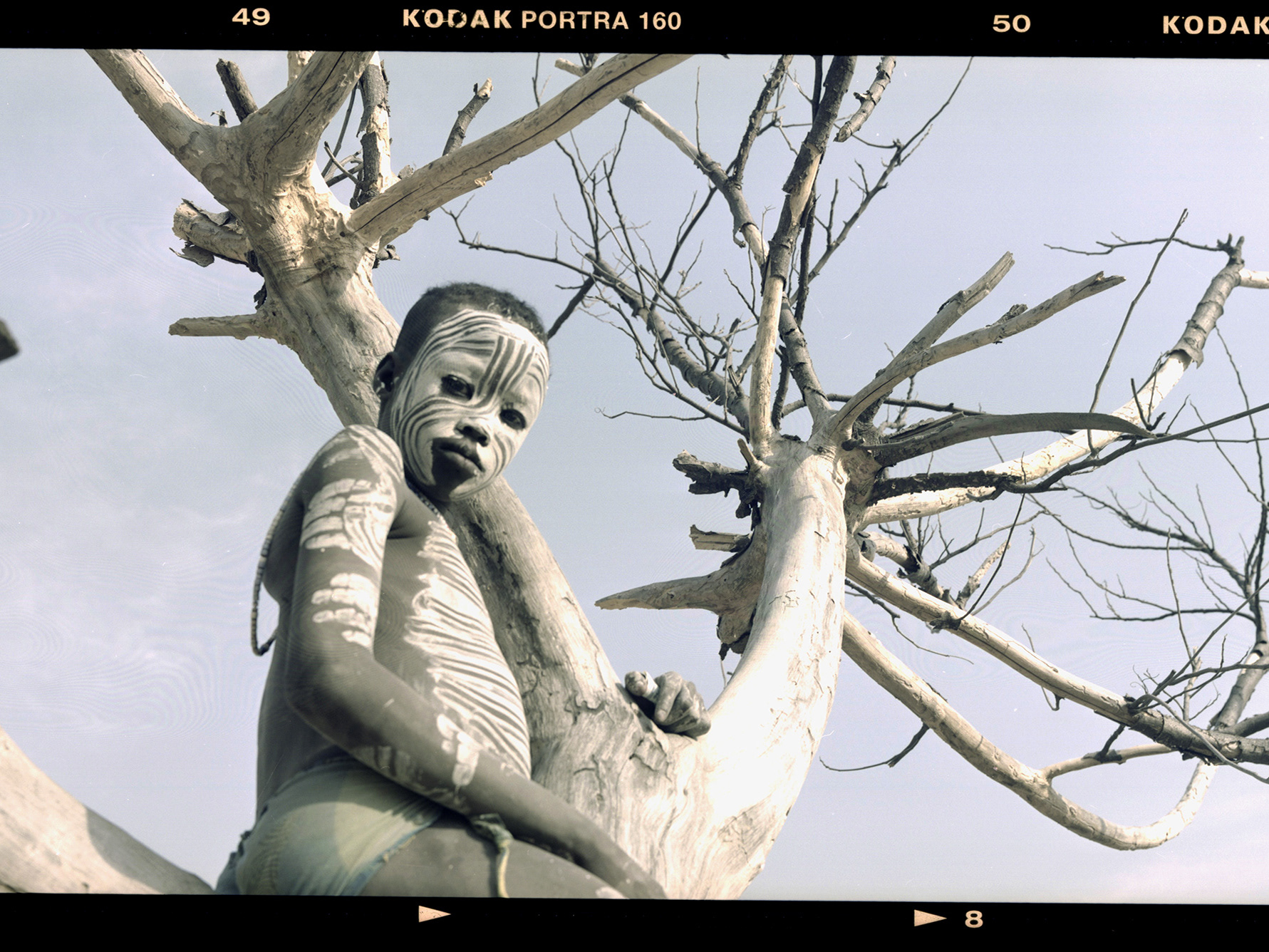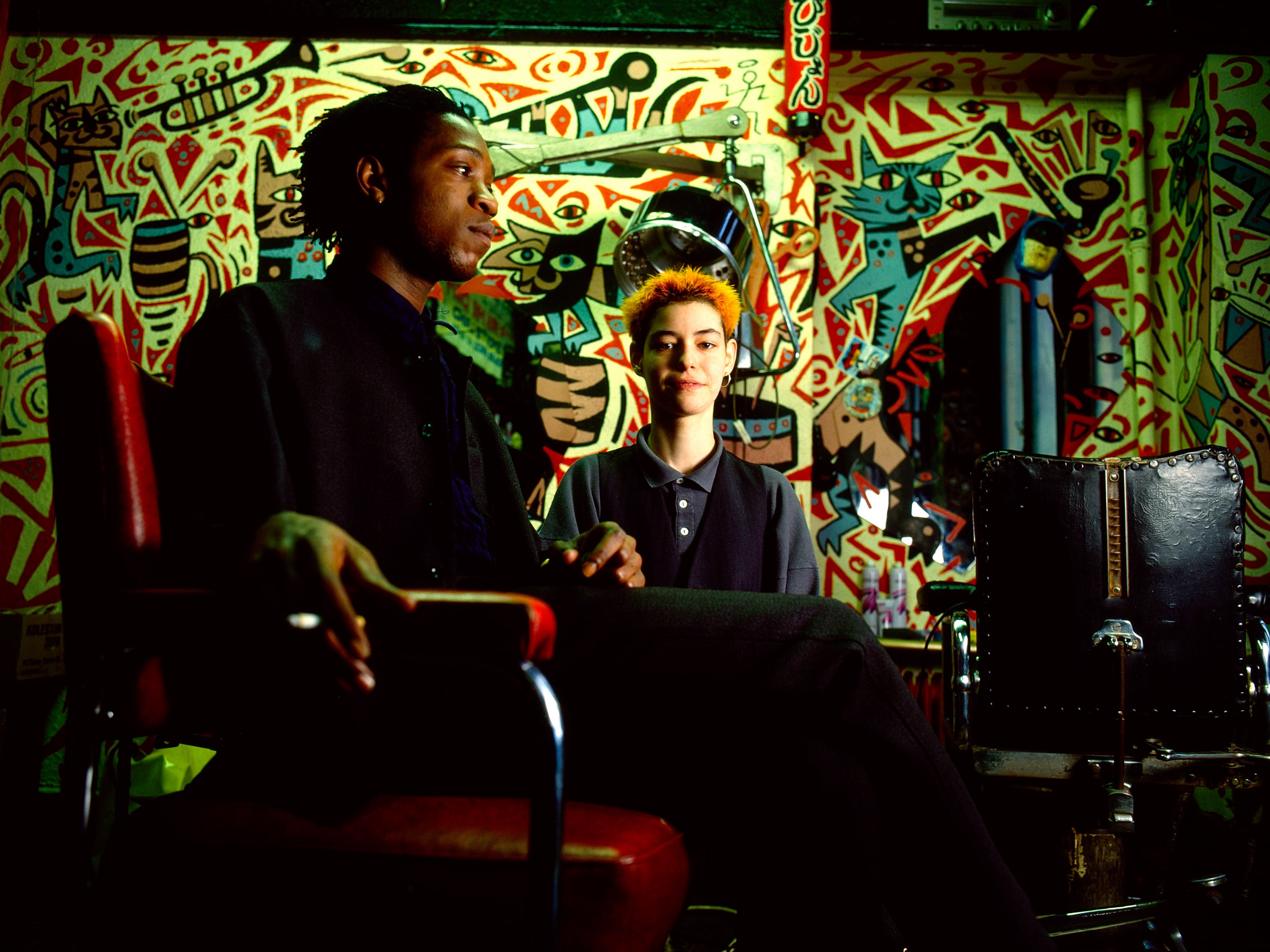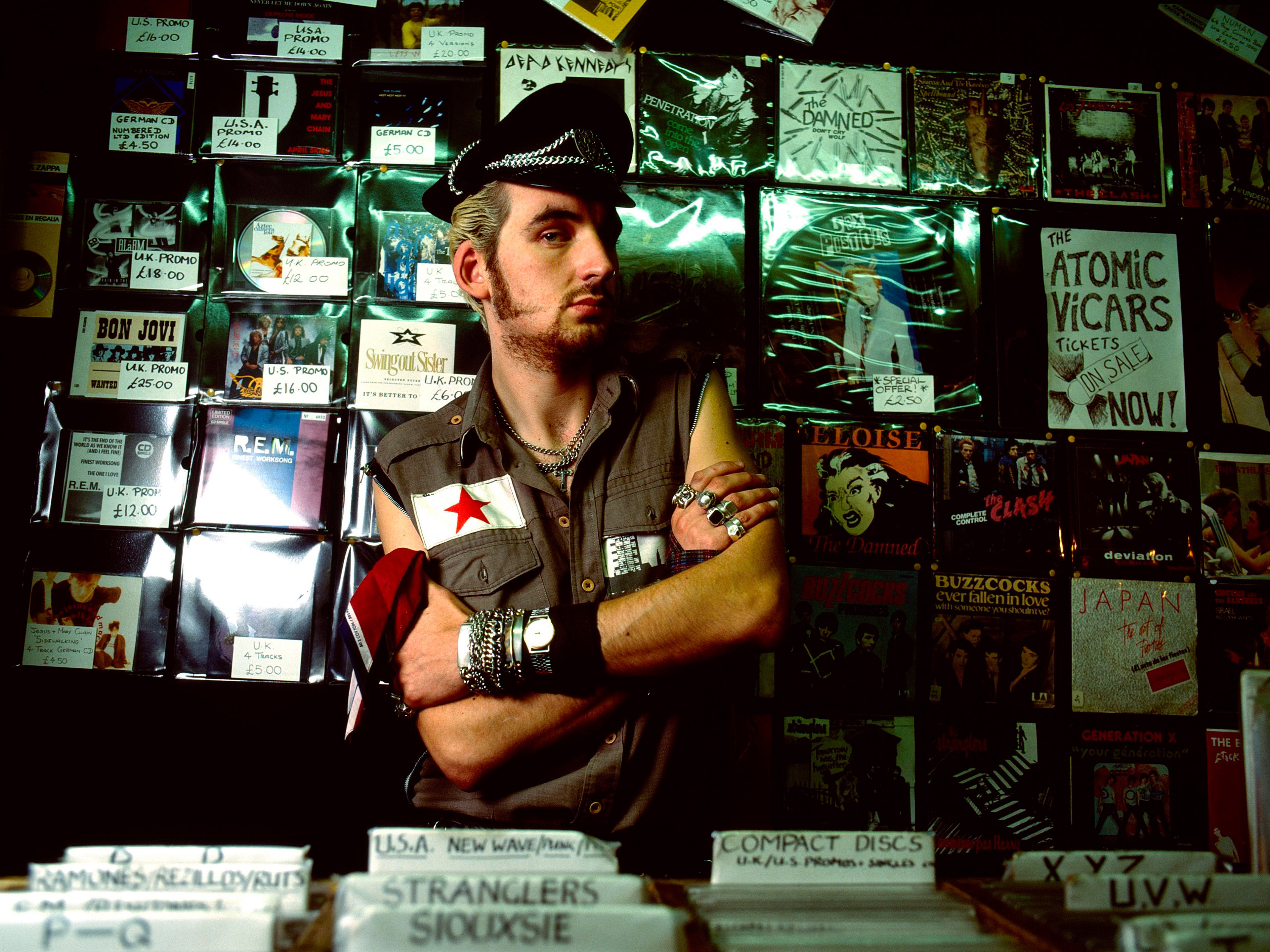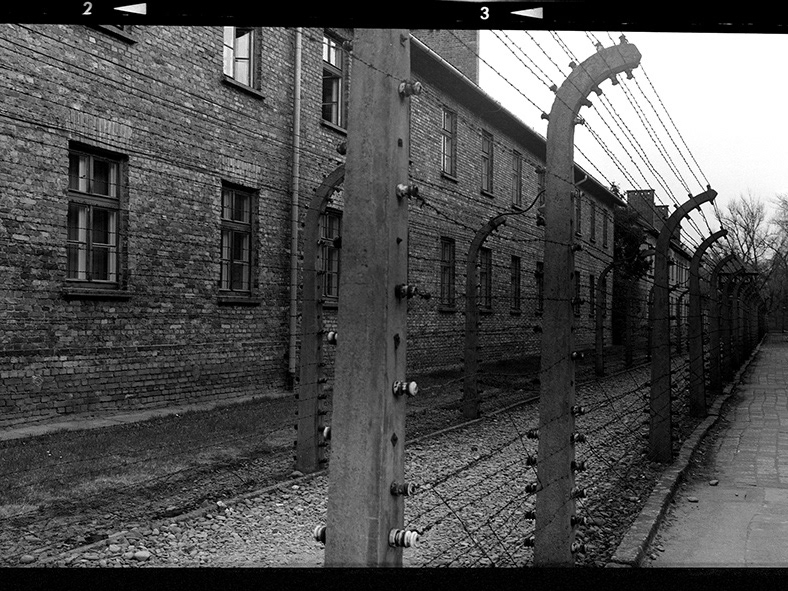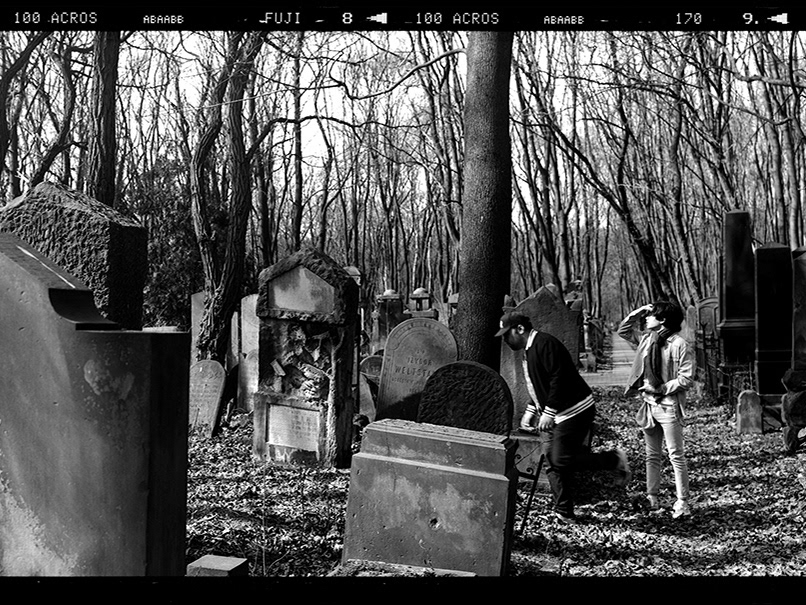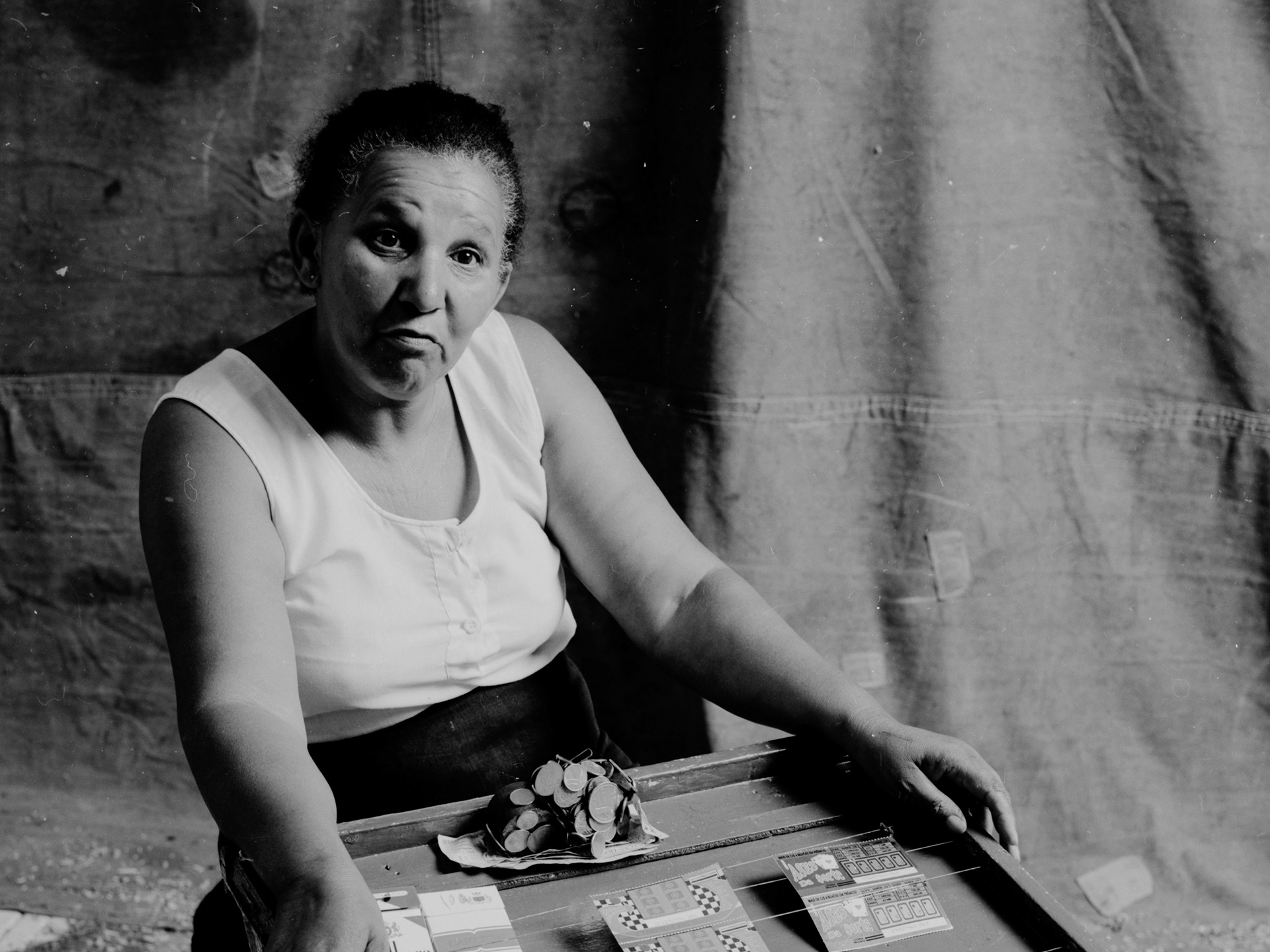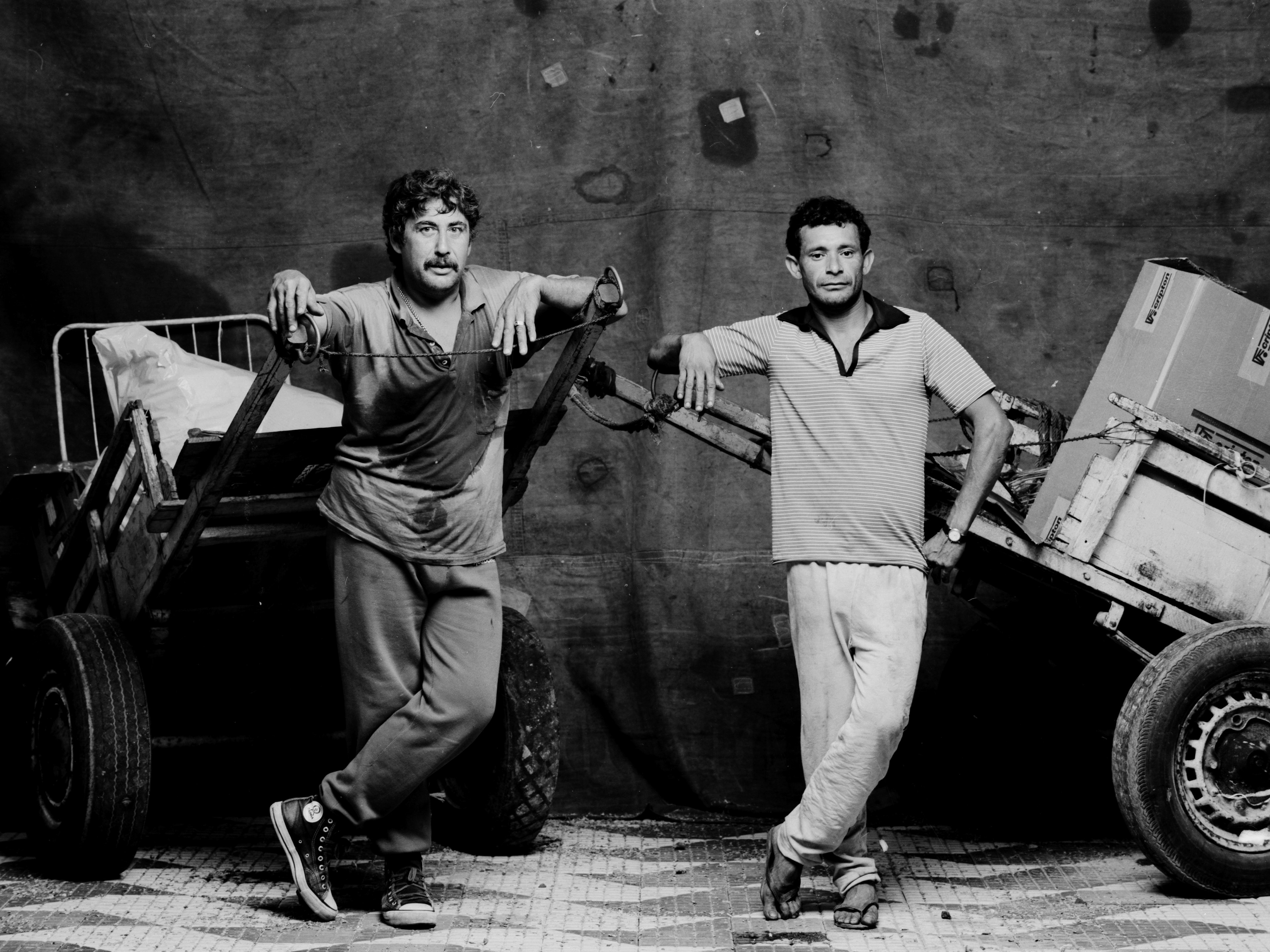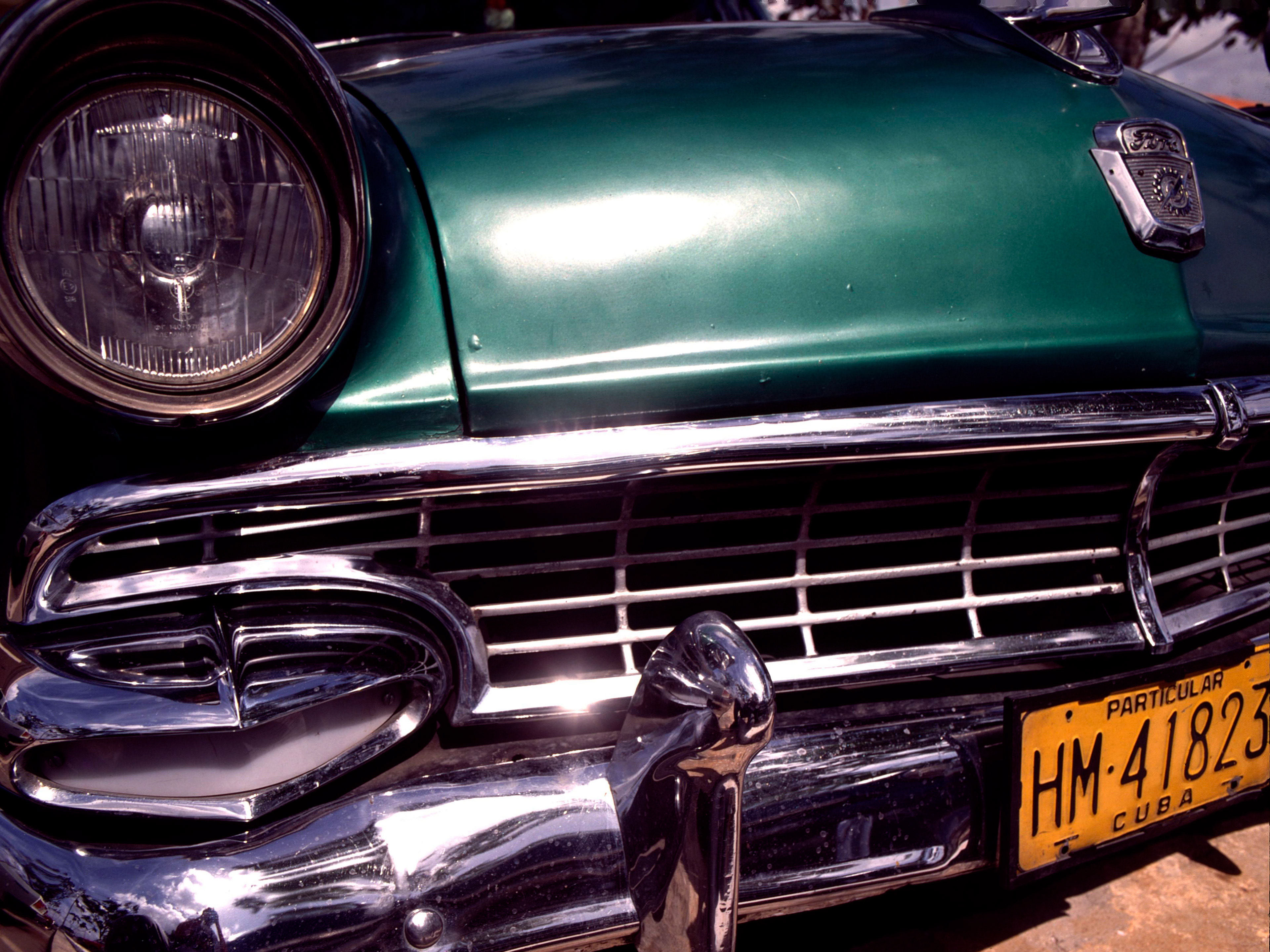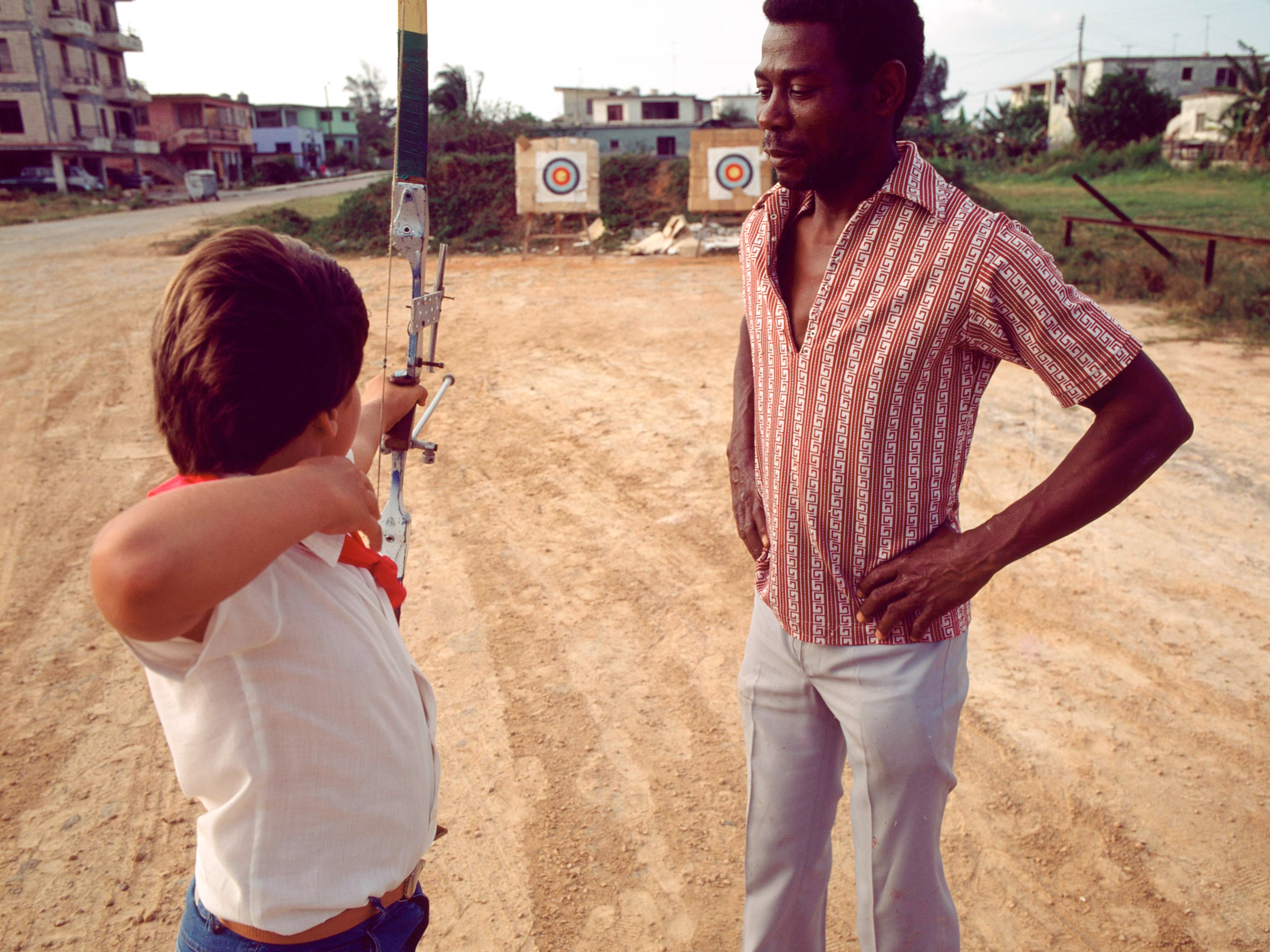"São Paulo e o Tempo" is a photo project created from the desire to observe different "ages" of the city of São Paulo, comparing the years 1993, 2006 and 2020, from archival photos and new photos made during the COVID-19 pandemic.
In 2006, the Clean City Law was created, proposing to make São Paulo "more structured and welcoming" (according to the City Hall). It becomes clear, when we compare Consolação, Rebouças and the Marginais from 1993 and 2006 that there was a great visual improvement in the city, "uncovering" natural and architectural structures previously mitigated under the bulky billboards, posters and advertisements.
Today, more than 10 years after the implementation of the law, the COVID-19 pandemic affects most realms of human life. In urban areas, the emptying of public spaces, requests to take responsibility for combating the virus, people wearing masks to protect their respiratory tract are symptomatic.
The pandemic also forced another “uncovery” of the city: stripped of its normal excesses (traffic and commerce, for instance), socially invisible layers are highlighted: the perennial precarious campsites of the homeless, informal workers, mothers, among other political minorities that punctuate the emptied space.
It becomes evident that they are and have always been relegated to a void - a political, urban, social vacuum - which the attention of most institutions and people does not reach. Given this scenario, in the current pandemic, the goal set by the Clean City Law, to make São Paulo “more structured and welcoming”, seems utopian and unattainable.
However, in the search for structure and reception, photographic practice is a relevant exercise. An effort of projection and imagination of ideals, used in the work presented here. When you photograph the same place twice, points of view are revisited, from which new thoughts and reflections have arrived, and can continue to arrive. More than that, this act of review opens space for us to organize our perceptions about the city of São Paulo in the current moment, our concerns, isolations and introspections.
Provided with a more attentive observation and an ordered reflection, we can focus more humanely on issues that remain, motivated by the exercise of our gaze.
2nd finalist work by the PROAC 10/2020 Notice, for the production of artistic exhibitions during the quarantine. The project was never carried out.
